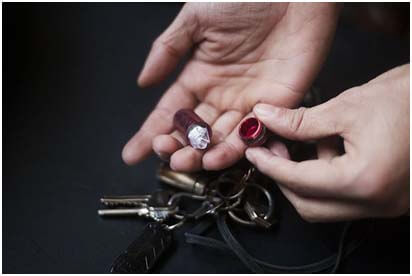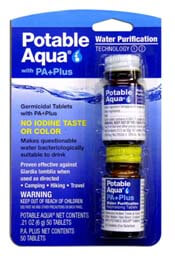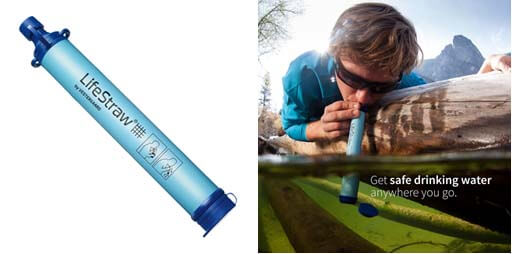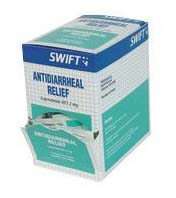There is nothing more frustrating than catching diarrhea while in the wild. Every survivalist knows that diarrhea caused by bacterial, protozoal or viral infection can get deadly when no proper treatment is done. Dehydration and spread of infection from one person to another can pose grave danger for everyone in the pack. Hence, knowing how to prevent and treat diarrhea in the wilderness should be a must.

Source: morethanjustsurviving.com
Preventative Technique
Prevention is always the best course of action when bugging out in the wild. As inadequate hygiene and consuming contaminated water as well as vitamin deficiency leading to a weakened immune system are often the common culprits in wilderness-acquired diarrhea, it is important to address these three situations with care via the following:
- Fortifying Hygiene. Even the minutest fecal matter transmitted orally can cause diarrhea. It is therefore essential to always wash hands with soap or with running water after urinating or defecating. Eating utensils must also be washed with soapy water. Food, particularly meat, must be washed clean and then, cooked well-done. Vegetables and fruits must also be washed with running water or be peeled before consuming them.
- Water Treatment. Water is known to transmit deadly pathogens into your system. It is therefore essential to carry a LifeStraw with you in the wild to filter water or treat it with purification tablets. Makeshift filtration system like a cloth filter may also decrease pathogen count so it is always wise to boil water for at least 5 minutes to eliminate microorganisms therein. Solar-powered water purifier like that of Puralytics can also help prevent diarrhea in the wild.
- Risk Avoidance. It is important to keep a level-headed approach in preventing diarrhea. Avoiding certain known risks like eating raw meat or water with suspicious appearance should be a must. So does eating fruits and vegetables not familiar to you or ones you haven’t tasted before. Just because they’re edible doesn’t mean they’re safe for your gut.
- Vitamins. Studies also reveal that stressful conditions, lack of rest or sleep can put one’s immune system into turmoil. Popping multivitamins is then strongly recommended before and during a jaunt to the wild.
Preventive techniques in place must also focus on not spreading the ailment to others. Do not share eating utensils with anyone. Wiping surfaces clean to ensure zero transmittance of pathogens must also be exercised.
Diarrhea Treatment
Treating diarrhea always depend on the type of microorganism ingested that’s causing the illness. Bacteria must be treated with antibiotics while amoeba type should be relieved with metronidazole. Of course, the easiest route to treat diarrhea is to pop an Imodium (Loperamide) tablet with a glass of water. This fast-acting medicine helps slow down movement in the gut almost instantaneously. Aside from binding watery stool, it decreases defecation allowing you time to move to a safer location. It is a must then, to have these items in your first aid kit to ensure immediate relief.
When there’s no Loperamide handy though, certain plants in the wild can help protect you from falling into the dehydration rut. Blackberry roots (or leaves for children 5 years onwards), for instance, can be boiled and then, consumed as tea. Drinking this all-natural concoction at least 4 cups per day for at least three days. Other plants in the wild which can be prepared in the same way are yellowroot, peppermint, nettle, agrimony, slippery elm, black walnut, white willow, mullein, guava leaves or white oak. Bringing a packet or two of tisanes (herbal tea) will also help.

Source: newearth.media
When Danger Calls
Knowing how to prevent and treat diarrhea in the wilderness is indeed an excellent part of one’s knowledge in preparedness. If symptoms failed to improve in 2 days or if a patient keeps getting a high grade fever accompanied with vomiting, it is important to look for a way to reach a doctor or a hospital within 24 hours. Diarrhea caused by E. coli or cholera can be hardest to treat and may result in fatal dehydration.
Incoming search terms:
- feele0p (1)




